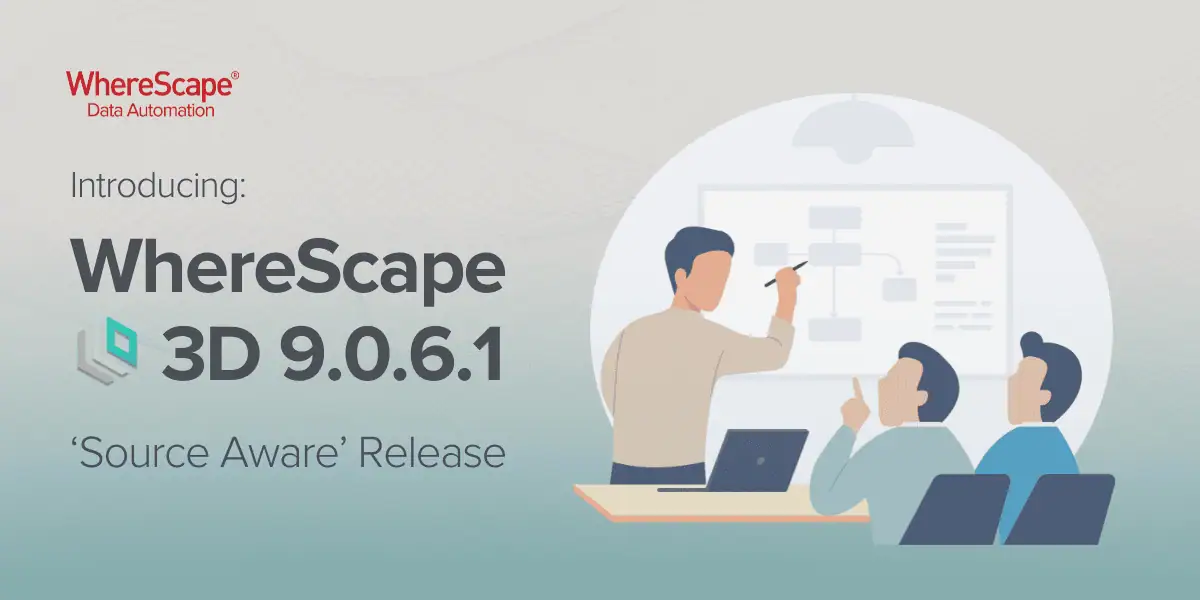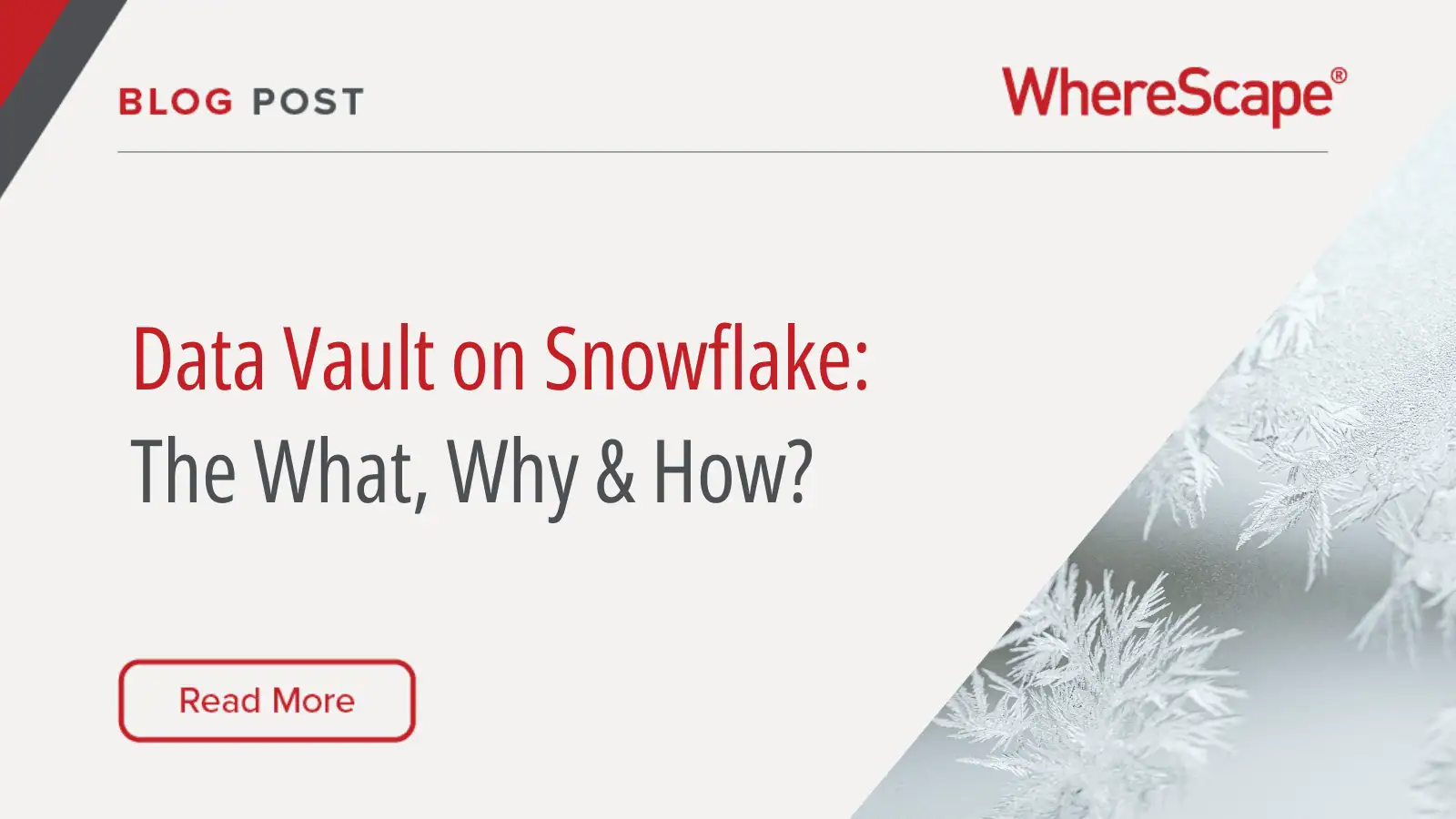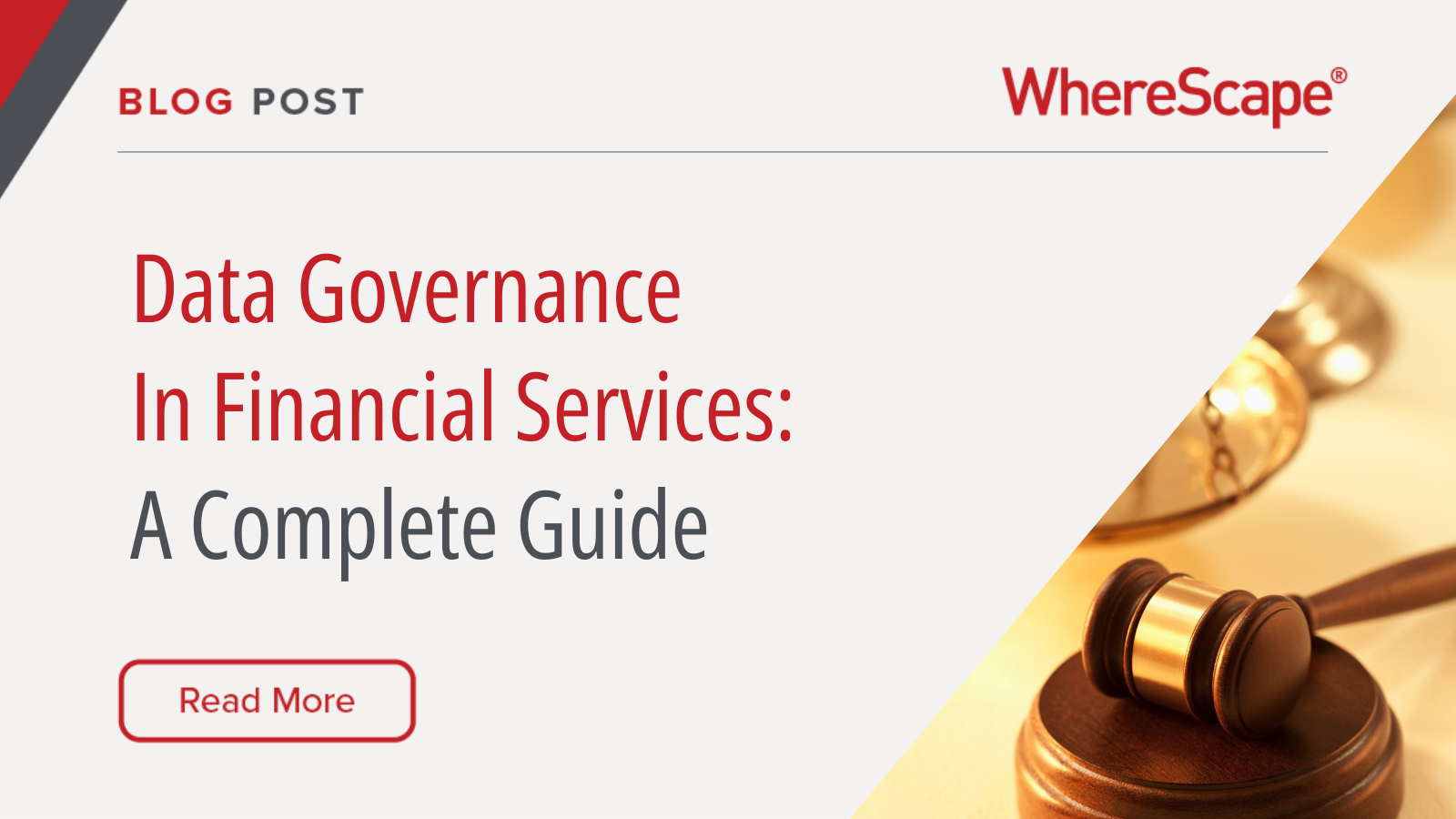Dr Barry Devlin is among the foremost authorities on business insight and one of the founders of data warehousing, having published the first architectural paper on the topic in 1988. Today he is a leading consultant and speaker on data warehouse development.
Barry has published a number of articles for WhereScape, to follow you will find a synopsis and introduction to some of these. Each has a link to the full blog so you can explore that specific subject in more detail.
Designing a Data Warehouse
Always keep in mind the basic goal of your project: to deliver a cross-functional, long-life foundation for data provision and decision support. Data warehouse development project types vary and will continue to mutate over time with requirements that you cannot predict now, and your data warehouse must continue to provide accurate data throughout this evolution.
This blog explains how to:
- Use templates to save time and money rather than building from scratch
- How to define and refine the logical structure of relational tables
- Choose which approach of data modelling is best for you – 3NF, Star Schema, Data Vault etc.
Building a Data Warehouse
This blog explains how every design is only as good as the reality of its source systems, their missing data and poorly defined data structures. The finished design is always a balance between the vision for the model and the constrains of the sources. The article covers:
- The five steps to follow when building a data warehouse
- How Data Warehouse Automation can help
- How to move from design to build
- Building a Data Vault with WhereScape Data Vault Express
Operating a Data Warehouse
This blog explains how to deliver your data warehouse successfully to the business and run it smoothly on a daily basis. We must avoid the problems of past ad hoc data warehouse development approaches that combined manual and semi-automated methods, and adopt advanced data management and automation practices. Find out how:
- Deployment needs to be treated as a long-term, monogamous relationship
- To address issues such as packaging and installation of the code
- To bundle sets of objects and transport from dev to QA and through to production
- To handle interdependencies between the data warehouse, data marts and data lake
- To automate the historical information that tracks performance over time
Maintaining a Data Warehouse
In some development projects, once a piece of software is up and running it needs only minor bug-fixing, but maintaining a data warehouse needs more attention than that. The nature of creative decision-making support is that users are continuously discovering new business requirements, changing their mind about what data they need and thus demanding new data elements and structures on a weekly or monthly basis. Indeed, in some cases, the demands may arrive daily! Read this blog to find out:
- What a data lake should and shouldn’t be used for
- Why and how a Data Vault gives more agility in the maintenance phase
- The role of metadata in data warehouse maintenance
- How to predict downstream impact of changes from automated documentation



